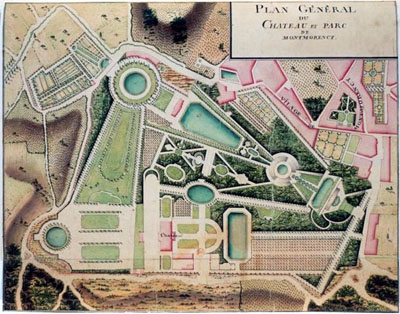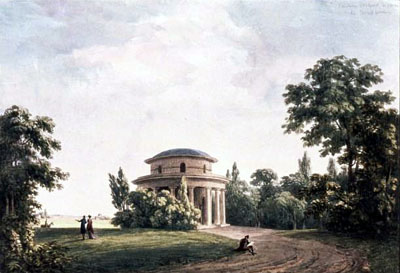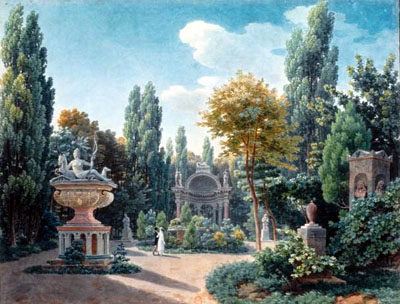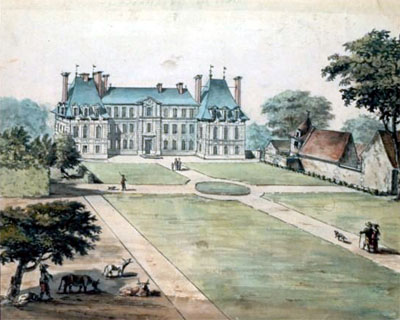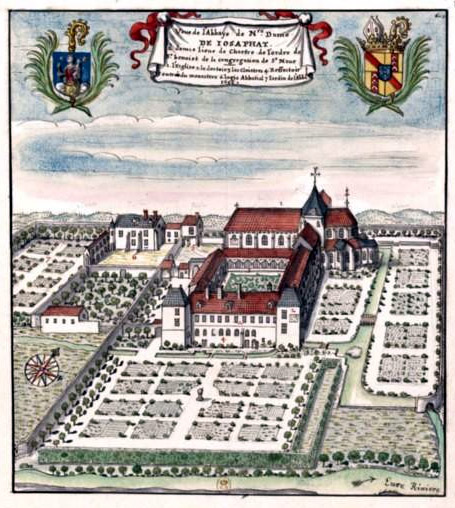
The Italian poet Giambattista Marino deserves credit for what is often perceived as the best summation of Baroque aesthetic principles: Chi non sa far stupir, vada alla striglia! (Who is unable to cause wonderment, go to get a horse-comb). Originally applied to poetry, this principle highlights the importance of everything wondrous, amazing, extraordinary and fascinating for Baroque garden designers. There were many ways to achieve this goal.
Baroque garden architects were especially keen on using layering in a form of terraces, cascading waterfalls and varying hights of trees and plants. One must keep in mind that such features require great engineering knowledge and the costs involved are astronomical. Not surprisingly, these elements were not used on a regular basis in medieval and even Renaissance gardens. The wealth and sophistication of garden owners were also expressed through astonishing numbers of statues, benches, staircases, gazebos, urns and other ornamental elements. As opposed to medieval gardens, the symbolism present in a garden no longer had to be interpreted through a single unifying system of Christian thought, but rather demonstrated the owner's education and taste, while attempting to amuse the visitors.
The attention to everything out of the ordinary naturally produced interest towards curiosities: fountains that spring up unexpectedly, optical illusions, faux pavilions, hidden grottoes etc. Irony and unlikely juxtapositions often played a role in these playful contraptions.
The most lavish of Baroque achievements are quite obviously of of reach for most of modern garden owners and designers. But the very principle of trying to astonish, to impress and to surprise can be very easily implemented while staying within a very modest budget. This includes some features already mentioned here, but these days some spectacular lighting effects can really make a garden sparkle: solar step stones, track lights, motion activated flood lights etc. You may or may not directly link all this to Baroque, but when it comes to a good conversation about your garden, why not show some knowledge of gardening design history?
See also:
